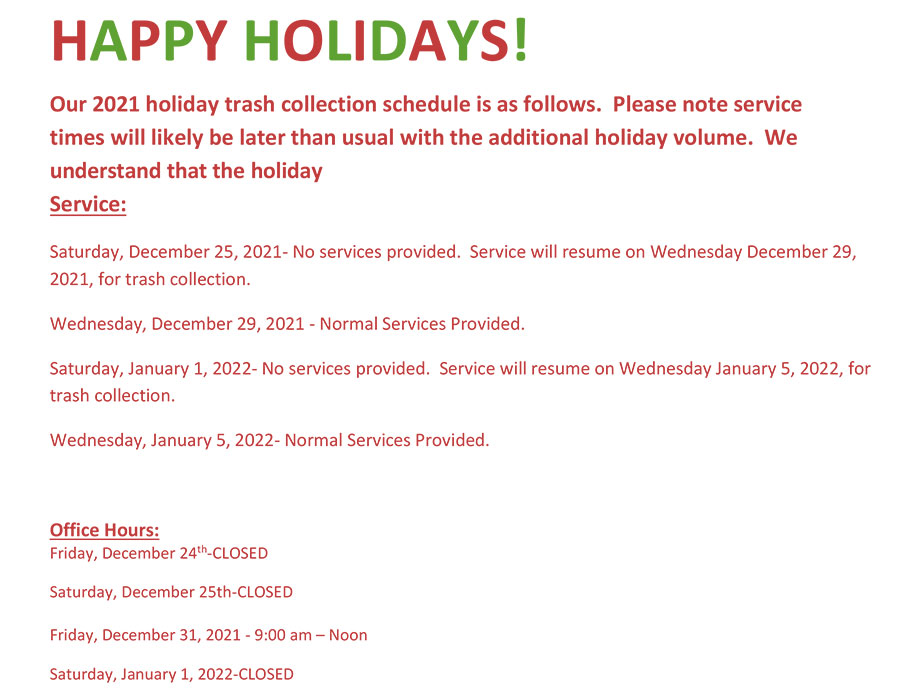SEDONA LAKES MUD NO. 1 TAX RATE FOR 2025
At the September meeting, your all resident Sedona Lakes MUD Board of Directors approved a tax rate decrease for the 5th consecutive year. The Board approved a total tax rate of $1.135 per $100 of assessed valuation for the 2025 tax year. This rate is a reduction of 1 cent from the tax rate last year.
Technical details:
The total tax rate consists of three components: Maintenance and Operations Tax rate of $0.40 (1/2 cent reduction from prior year); Debt Service Tax rate of $0.485 (same as previous year); and Road Service Debt Service tax rate of $0.25 (1/2 cent reduction from prior year).
Homeowners’ tax bills may not reflect similar reductions if the Brazoria County Appraisal District increased the assessed valuation of their homes.
Residents will receive the Sedona Lakes MUD tax bill in the mail from the MUD’s Tax Assessor-Collector, Utility Tax Services. The tax bills should be going out at the end of October.
In addition, the Board authorized the issuance of bonds to reimburse Landeavor LLC, the former Sedona Lakes developer, for costs related to the construction of water, sewer, and drainage facilities that serve the MUD and authorized the use of operating funds to reimburse the developer for costs related to the construction of road facilities that serve the MUD. With these final payments, the Board believes the MUD has fulfilled its remaining outstanding reimbursement obligations to the developer.

























